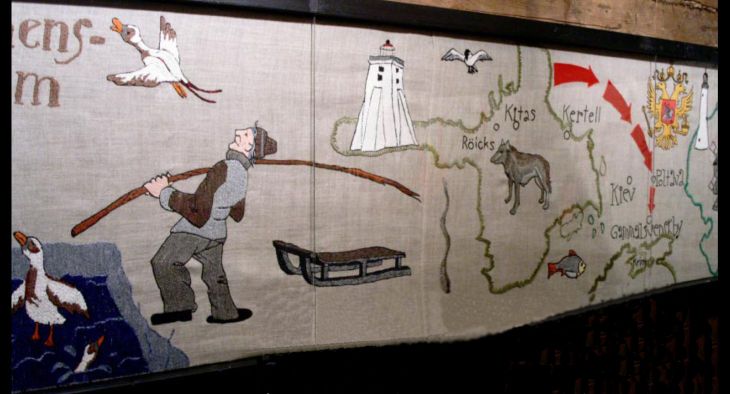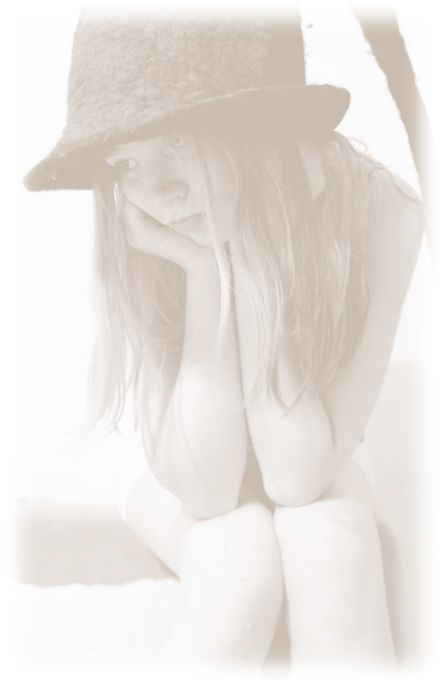Folk Narrative studies

1. CONTEMPORARY NARRATIVES. SPONTANEOUS NARRATION IN EVERYDAY COMMUNICATION AND IN ONLINE ENVIRONMENTS
Studies on spontaneous narration in everyday communication and in online environments, especially on the basis of informative folk tale categories (rumour, hearsay, contemporary legend, trauma and political narratives, doctor-Patient narratives, etc.) (Eda Kalmre, Reet Hiiemäe, Katre Kikas, Mare Kalda; Mare Kõiva, Piret Paal, etc.), based on interviews, online commentaries, and recorded data collections. Research focuses on finding stable messages and motifs, the influence of social networks on the dissemination of narratives. One of the central issues will be the impact of such tales in shaping relationships, emotions and moral values.
Narrative types and stories that have so far been ignored, psychological, social and other conditions that initiate story-telling, are the new focus of research. For example the study of a story that had profound influences on the society and beliefs people held - the human sausage factory in Tartu - summarised by Eda Kalmre in the monograph "Hirm ja võõraviha sõjajärgses Tartus: pärimuslooline uurimus kannibalistlikest kuulujuttudest" (Fear and Xenophobia in Post-War Tartu) Tartu: EKM Scholarly Press 2007.
Studies are supported by ESF grant 8137. "Internet. Processes of narrative, value and identity creation, reproduction and transformation" and Medica. Results are published in a series of studies on folk belief "Sator", in the series "Tänapäeva folkloorist", "Contemporary Folklore", in the portal "Under the Foreign Stars ".
We have close co-operation with the research group of ISCLR. The International Society for Contemporary Legend Research and our server hosts their newsletter FOAFTale News.
2. THE STUDY OF TRADITIONAL LEGEND LORE AND BELIEF STORIES

Reet Hiiemäe, Salle Kajak, Mare Kalda, Katre Kikas, Andres Kuperjanov, Maris Kuperjanov, Mare Kõiva, EvaKait Kärblane, Piret Paal; partners Kristel Kivari and Merili Metsvahi.
This group studies mythological diseases, fairies and related natural objects as well as some related mythological beings and phenomena (hidden treasure, werewolf). We try to find out how the narrative world together with its logic (the configuration of characters, objects, time and space, events, actions, etc. markers) is created and how the interpreter reconstructs the narrative world.
Research is based on archived texts. For this purpose, manuscript material on legends as well as early printed publications and calendar publications are brought to the format of digitised text. The results are published as volumes of the monographic series “Monumenta Estoniae Antiquae”, the text is incorporated into databases and interim results are published in articles. At the same time, topical, regional or collector-focused textual selections and studies are published.
The project "Radar" works on pinpointing the sites of traditional tales with GPS co-ordinates, photos and MapInfo layers for professional and public use. Among other sources, "Radar" digitises Ajaloolise pärimuse/Historical tradition manuscripts, one of the oldest collections of recorded oral tradition, from the collections of the Estonian Cultural History Archives.
Projects that support basic research:
Volumes of legends and incantations in the series "Monumenta Estoniae Antiquae", 2009-2013
Legend volumes in the series "Monumenta Antiquae", 2004-2008
Culturological digital map Radar
Memory landscapes of Soomaa
Memory landscapes of Lahemaa
Memory landscapes of Karula.
Databases::
Rehepapp. Database of folk belief and narratives. Compiled by Mare Kõiva, Mare Kalda, etc. Contains legends, incantations and beliefs. In Estonian.
Lendvapärimus/ Witch-arrow tradition. Compiled by Mare Kõiva. Contains all related records, stories, charms and medical practice. Searchable by keywords. In Estonian.
Setu heritage recorded by Ello Kirss Legends, tales, folk belief in Setu tradition. Compiled by Kristi Salve.
LEPP - heritage from South Estonia. Compiled by Mare Kõiva. Contains about 10,000 folklore texts from Võrumaa, Viljandimaa, Tartumaa and Setumaa counties. In Estonian.
Digitised older publications:
F. J. Wiedemann, Aus dem inneren und äusseren Leben der Ehsten
Johann Forselius Der Einfältigen Ehsten Abergläubische Gebräuche, Weisen und Gewonheiten
Folklore Books of Matthias Johann Eisen
Legends about Vanapagan, Kalevipoeg, Tõll, and other giants"
Tiere, Vögel, Insekten. Estnische Tiermärchen. Compiled by Pille Kippar
Estonian fairy tales Compiled by Richard Viidalepp, Vaina Mälk and Ingrid Sarv.
3. CONTEMPORARY HUMOR
Research into post-socialist jokelore from different perspectives (Liisi Laineste, Arvo Krikmann) includes the study of post-socialist jokes as a unique phenomenon in the East-European cultural area (incl. comparison with West-European and Anglo-American contemporary jokelore), the temporal continuing and disruption of the genre, the changes in the parameters of form and content according to changes of social reality, etc. Particular attention is paid to ethnic and political humour in the modern globalising world and more narrowly, within the context of the expanding European Union.
The systematisation of information on the empirics of older Estonian jokes and publication of the material in a catalogue according to the ATU system (in English, Rein Saukas, Arvo Krikmann).
Research is based on continuously updated database and a wiki of anecdotes from three nations (Estonia, Russia, Poland). An informal network of humour researchers and Estonian-Polish co-operation project back the study.
Basic research is supported by projects:
1. Cultural processes in the changing society: Tradition and Creativity in Post-socialist Humour, ESF grant no 8149, 2010-2013.
2. Contemporary jokelore: postsocialism - internet - cognitivity. ESF grant no. 6759, 2006-2009.
3. Estonian and East-European humor and riddles: globalization, localization and genre renewals.
Articles and data corpora related to the projects have been gathered onto " Arvo Krikmann’s humor site"
Databases:
"Netihuumor." Koostanud Liisi Laineste. Sisaldab u. 30 000 eesti netinalja 1996. aastast tänini. Võimalik on märksõnaotsing.
A selection of published monographs and publications: Laineste, Liisi 2008. Post-socialist Jokes in Estonia: Continuity and Change.Tartu Ülikooli Kirjastus;
Krikmann, A., Laineste, L. (Eds.) (2009). Permitted Laughter: Socialist, Post-socialist and Never-socialist Humour. Tartu: ELM Scholarly Press.
Articles are published in the publication series of the minor forms of folklore Reetor.
By Arvo Krikmann: "Arvo Krikmann Contemporary Linguistic Theories of Humour" Folklore" 33"
JOKES IN SOVIET ESTONIA1"Folklore: Electronic Journal of Folklore 43.
By Liisi Laineste:
Take it With a Grain of Salt: The Kernel of Truth in Topical Jokes (vol. 21)
Doing Humor Research on the Internet (vol. 25)
Targets of Estonian Ethnic Jokes Within the Theory of Ethnic Humour (Ch. Davies) (vol. 29)
Characters in Estonian ethnic humour (1890-2004) (vol. 29)
Politics of Joking: Ethnic Jokes and Their Targets in Estonia (1890s-2007) (vol. 40)
.
EKM Fo , EFI
Photos Andres Kuperjanov
© 'mare 2010